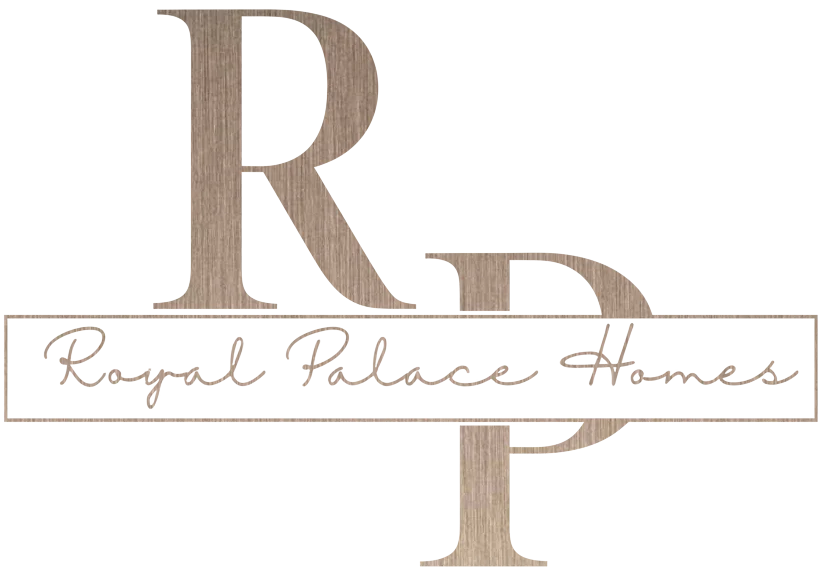DIY painting projects can be a fulfilling and cost-effective way to beautify your home or workspace. Whether you are a seasoned DIY enthusiast or a beginner looking to try your hand at painting, having the right tools and equipment is crucial for achieving professional-looking results. In this blog post, we will discuss the essential tools and equipment needed for DIY painting projects.
1. Paintbrushes and Rollers:
Paintbrushes and rollers are the bread and butter of any painting project. Invest in a variety of high-quality paintbrushes in different sizes for cutting in edges and corners, as well as rollers for larger surfaces. Synthetic brushes are great for water-based paints, while natural bristle brushes are better suited for oil-based paints.
2. Painter’s Tape:
Painter’s tape is essential for achieving clean and crisp paint lines. Use painter’s tape to mask off areas that you don’t want to paint, such as trim, baseboards, and ceilings. Make sure to remove the tape while the paint is still wet to prevent peeling.
3. Drop Cloths:
Protect your floors, furniture, and fixtures from paint splatters and spills with drop cloths. Canvas drop cloths are durable and reusable, while plastic drop cloths are lightweight and disposable. Use drop cloths to cover and protect all areas that are not being painted.
4. Paint Trays and Liners:
Paint trays and liners are handy for holding and dispensing paint while you work. Opt for disposable liners for easy cleanup or reusable trays for eco-friendly options. Choose trays with ridges to remove excess paint from your roller for smoother application.
5. Sandpaper and Sanding Blocks:
Prepare your surfaces for painting by sanding away imperfections and creating a smooth finish. Invest in a variety of grits of sandpaper and sanding blocks to suit different surfaces and levels of roughness. Sanding also helps paint adhere better and prevents peeling and flaking.
6. Paint Stirrers and Mixers:
Before starting your painting project, make sure to thoroughly mix your paint to ensure a consistent color and finish. Paint stirrers and mixers are essential for blending paint that has settled or separated. Use a stir stick for small cans of paint and a power mixer for larger containers.
7. Paint Sprayer (Optional):
For larger projects or textured surfaces, a paint sprayer can save you time and effort compared to traditional brushes and rollers. Paint sprayers provide a smooth and even finish, but they require practice to master. Consider renting a paint sprayer if you only have occasional use for it.
In conclusion, having the right tools and equipment is key to the success of any DIY painting project. By investing in high-quality supplies and taking the time to prepare and plan, you can achieve professional-looking results and transform your space with a fresh coat of paint. Happy painting!

